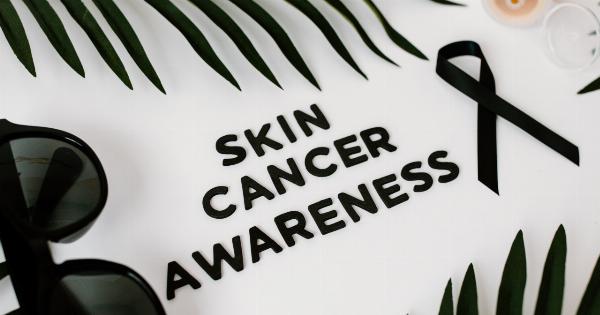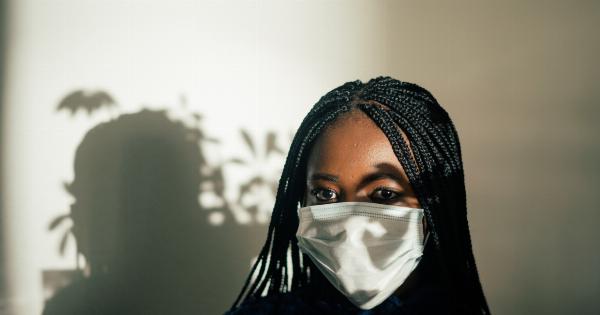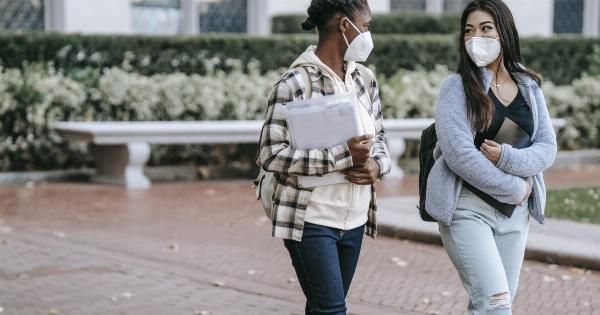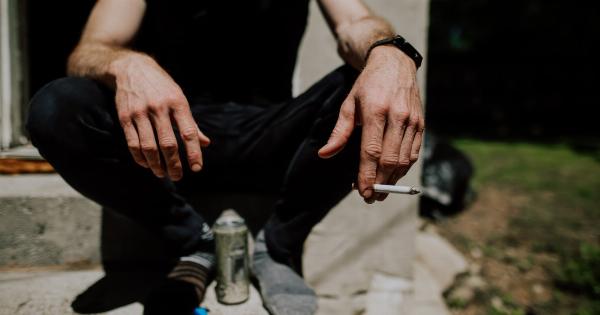Exposure to the sun’s harmful rays can cause severe damage to the skin. While many people know to apply sunscreen and limit their time in the sun, few realize that the danger persists for hours after exposure.
In this article, we will explore the risks associated with sun exposure and the steps you can take to protect your skin.
The Hazards of Sun Exposure
When we spend time outdoors, our skin is exposed to two types of UV rays: UVA and UVB. UVA rays penetrate deep into the skin and can cause long-term damage, such as premature aging and skin cancer.
UVB rays cause sunburn and can also contribute to skin cancer. Both types of rays are dangerous and can cause irreversible damage to the skin.
Sunburn is one of the most common forms of skin damage caused by sun exposure. It occurs when the skin is exposed to UVB rays for extended periods. Symptoms can include redness, pain, and peeling. In severe cases, sunburn can cause blistering and fever.
Sunburn can also increase the risk of skin cancer.
The Aftereffects of Sun Exposure
Even after you have removed yourself from the sun’s rays, damage can still occur. This is because UV rays continue to be absorbed by the skin long after you have gone indoors.
This is why it is important to apply sunscreen even if you are not planning on spending an extended amount of time in the sun.
The damage caused by sun exposure can continue for several hours after you have left the sun. This is known as “afterglow.” During this period, the skin remains vulnerable to further damage from UV radiation.
This is why it is important to take extra precautions during the hours following sun exposure.
Protecting Your Skin
Preventing sun damage is essential for maintaining healthy skin. Here are some steps you can take to protect yourself:.
1. Wear Sunscreen
Applying sunscreen is the most effective way to protect your skin from UV damage.
You should apply a broad-spectrum sunscreen with an SPF of at least 30 every two hours, regardless of whether or not you plan on spending extended periods of time in the sun. Make sure to apply the sunscreen to all exposed skin, including your face, neck, and ears.
2. Seek Shade
If possible, avoid spending extended periods in the sun. Seek shade or wear protective clothing, such as long-sleeved shirts and hats. This will help reduce your exposure to UV radiation and decrease your risk of sun damage.
3. Protect Your Eyes
The sun can also cause damage to your eyes. Make sure to wear sunglasses that provide UVA and UVB protection. This will help reduce your risk of cataracts and other eye conditions caused by sun exposure.
4. Moisturize Your Skin
Applying moisturizer can help reduce the appearance of sun damage and soothe irritated skin. Choose a moisturizer that contains antioxidants, such as vitamin C or E, to help repair damaged skin cells.
Conclusion
Even after you have left the sun, the damage caused by exposure to UV radiation can persist for several hours. This is why it is essential to take extra precautions during this time.
By applying sunscreen, seeking shade, protecting your eyes, and moisturizing your skin, you can help reduce your risk of sun damage and maintain healthy, glowing skin.


























